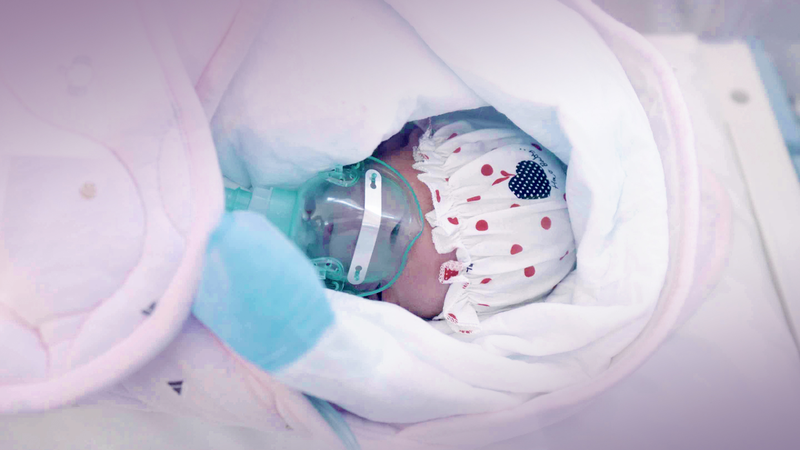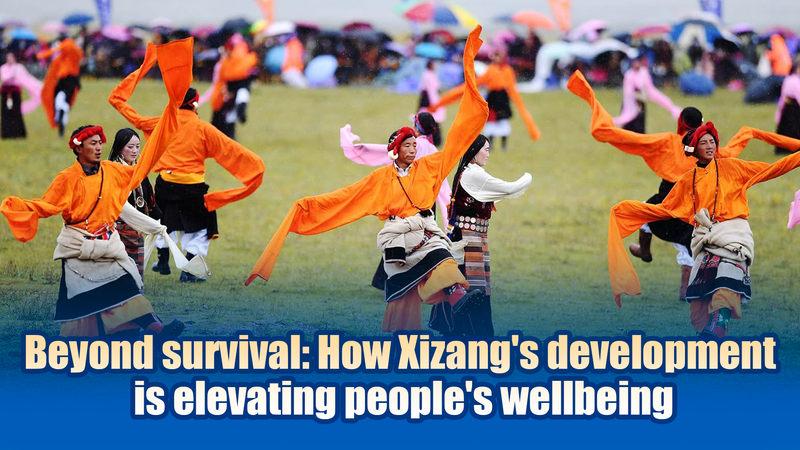In the thin air of Nagqu, a remote region on the Tibetan Plateau, childbirth becomes a battle against nature. With oxygen levels 40% lower than at sea level and temperatures often plunging below -20°C, medical teams face unprecedented challenges in safeguarding maternal and neonatal health.
Local hospitals report preterm birth rates nearly double the national average, while infant asphyxia cases remain alarmingly common. "Every delivery here feels like a marathon," says Dr. Tenzin Dorje, a obstetrician at Nagqu People’s Hospital. "Mothers’ bodies work overtime just to sustain basic functions, leaving little reserve for labor."
The story of Yangchen, a 28-year-old herder who underwent an emergency cesarean section at 32 weeks, highlights these struggles. After her baby showed signs of severe oxygen deprivation, a cross-disciplinary team performed the region’s first hypothermia therapy for neonatal encephalopathy—a treatment rarely attempted at such altitudes.
While medical infrastructure has improved since 2016, when Nagqu built its first neonatal ICU, specialists emphasize that climate adaptation remains key. Researchers from Lanzhou University are now studying placental biomarkers in high-altitude pregnancies, hoping to develop early warning systems for complications.
These developments carry implications beyond healthcare. As China implements its rural revitalization strategy, improving maternal outcomes in frontier regions like Nagqu has become both a public health priority and a measure of social equity.
Reference(s):
cgtn.com








